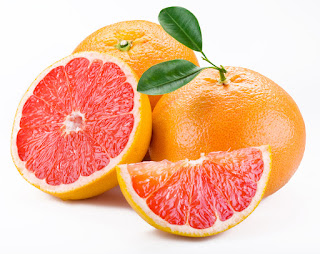Do you know that worldwide, cervical cancer is the second most common cancer in women
under the age of 44 after breast cancer. In Europe, approximately 60,000
women are diagnosed with invasive cervical cancer each year and 30,000
women die from the disease. In Ireland, approximately 300 women are
diagnosed with invasive cervical cancer each year and over 90 women die
from the disease. The cervix is the lower tubular part of the uterus that opens into the
vagina. Cervical cancer accounts for nearly 20 percent of cancer related
deaths in women in India. It is usually caused by an infection of the
human papilloma virus (HPV). The virus spreads through sexual contact.
The infection sometimes disappears on its own. In other cases, it causes
changes in the cervical cells that could lead to cancer.
 Regular screening is the most effective way to prevent cervical
cancer. Though this test may not be 100% accurate, it helps to detect early changes in the cervix which can be easily treated. Cervical screening involves a simple test, known as a smear
test, to detect changes to the cells of the cervix which could develop
into cancer. A sample of cells are taken from the cervix and sent to a
lab to be examined for any abnormalities.
Regular screening is the most effective way to prevent cervical
cancer. Though this test may not be 100% accurate, it helps to detect early changes in the cervix which can be easily treated. Cervical screening involves a simple test, known as a smear
test, to detect changes to the cells of the cervix which could develop
into cancer. A sample of cells are taken from the cervix and sent to a
lab to be examined for any abnormalities.Different countries have different cervical cancer screening recommendations. According to the 2010 European guidelines for cervical cancer screening, the age at which to commence screening ranges between 20–30 years of age, "but preferentially not before age 25 or 30 years", depending on burden of the disease in the population and the available resources. Currently most European countries suggest or offer screening between the ages of 25-64. Screening is typically (and in England) offered every 3 years form ages 25–49, every 5 years from ages 50–64 and in women 65+ only in those who have not been screening since age 50 or had recent abnormal results.
This screening frequency is not possible in most low-resource settings. In these countries, decisions regarding screening frequency must be made based upon available resources. The greatest impact on cervical cancer reduction appears to result from screening women aged 30 to 39 years.
History
The test was invented by and named after the prominent Greek doctor Georgios Papanikolaou who started his research in 1923. Aurel Babeş of Romania independently made similar discoveries in 1927. However, it should be noted that Babeş method was radically different from Papanicolaou's. Papanicolaou's name was repeatedly submitted to the Nobel Committee and rejected every time. The Nobel Committee delegated the in-depth investigation of Papanicolaou's merits and demerits to the late Professor Santesson, who was at that time the head of pathology at the Stockholm Cancer Institute (the Radiumhemmet). The investigator discovered Babeş' contributions that had never been cited by Papanicolaou and duly reported this fact to the Committee, which then rejected Papanicolaou's Nobel award.Important:
When should screening for cervical cancer with Pap smear be started?Screening for cervical cancer should start three years after the first sexual intercourse or after the age of 21, whichever is earlier.
How frequently should Pap smear be done?
Pap smear should be repeated every 1 to 3 years till the age of 65 years. Following this, the doctor will decide whether you still need the test based on whether you are sexually active or if your previous tests were abnormal.




















